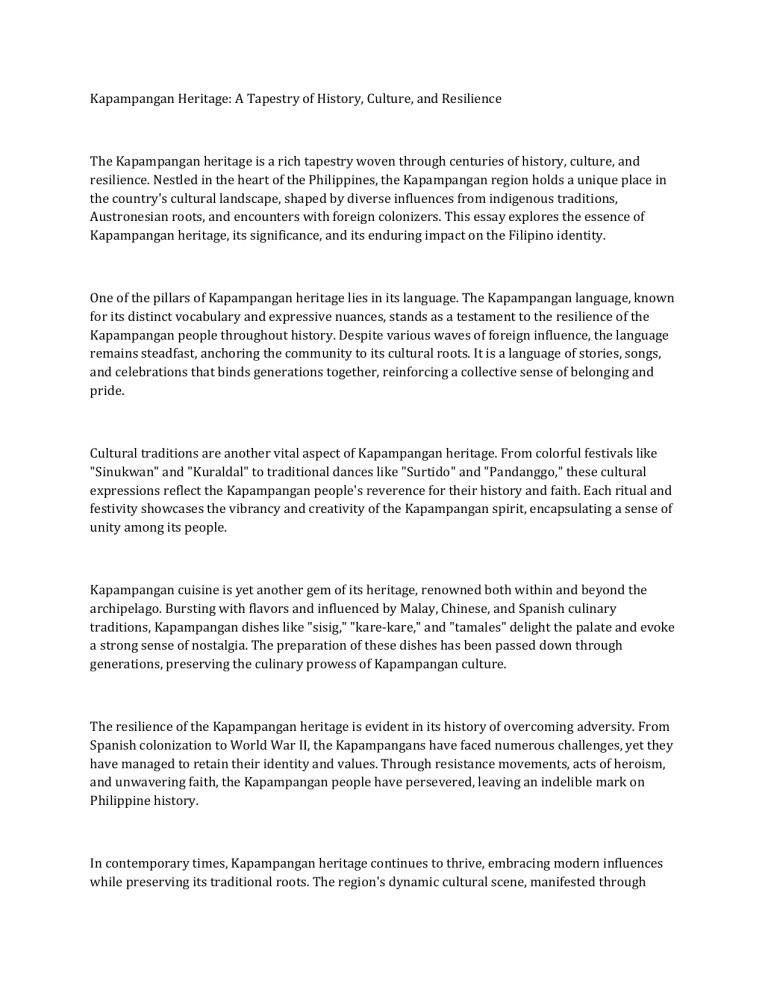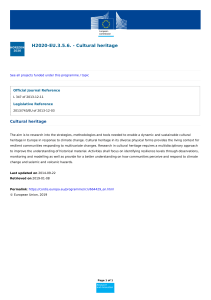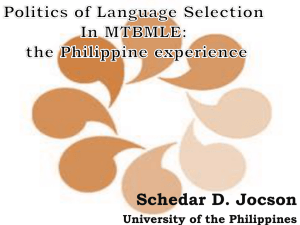
Kapampangan Heritage: A Tapestry of History, Culture, and Resilience The Kapampangan heritage is a rich tapestry woven through centuries of history, culture, and resilience. Nestled in the heart of the Philippines, the Kapampangan region holds a unique place in the country's cultural landscape, shaped by diverse influences from indigenous traditions, Austronesian roots, and encounters with foreign colonizers. This essay explores the essence of Kapampangan heritage, its significance, and its enduring impact on the Filipino identity. One of the pillars of Kapampangan heritage lies in its language. The Kapampangan language, known for its distinct vocabulary and expressive nuances, stands as a testament to the resilience of the Kapampangan people throughout history. Despite various waves of foreign influence, the language remains steadfast, anchoring the community to its cultural roots. It is a language of stories, songs, and celebrations that binds generations together, reinforcing a collective sense of belonging and pride. Cultural traditions are another vital aspect of Kapampangan heritage. From colorful festivals like "Sinukwan" and "Kuraldal" to traditional dances like "Surtido" and "Pandanggo," these cultural expressions reflect the Kapampangan people's reverence for their history and faith. Each ritual and festivity showcases the vibrancy and creativity of the Kapampangan spirit, encapsulating a sense of unity among its people. Kapampangan cuisine is yet another gem of its heritage, renowned both within and beyond the archipelago. Bursting with flavors and influenced by Malay, Chinese, and Spanish culinary traditions, Kapampangan dishes like "sisig," "kare-kare," and "tamales" delight the palate and evoke a strong sense of nostalgia. The preparation of these dishes has been passed down through generations, preserving the culinary prowess of Kapampangan culture. The resilience of the Kapampangan heritage is evident in its history of overcoming adversity. From Spanish colonization to World War II, the Kapampangans have faced numerous challenges, yet they have managed to retain their identity and values. Through resistance movements, acts of heroism, and unwavering faith, the Kapampangan people have persevered, leaving an indelible mark on Philippine history. In contemporary times, Kapampangan heritage continues to thrive, embracing modern influences while preserving its traditional roots. The region's dynamic cultural scene, manifested through various art forms like theater, visual arts, and literature, showcases the creative prowess of Kapampangan artists and storytellers. This artistic expression serves as a bridge between the past and the present, keeping the legacy alive for future generations. The preservation of Kapampangan heritage is not only essential for the region but also for the broader Filipino identity. The diverse cultures of the Philippines come together to form a colorful mosaic of traditions and practices, enriching the national character. The Kapampangan heritage, with its unique contributions, plays a crucial role in this process, adding depth and dimension to the tapestry of Filipino culture. In conclusion, Kapampangan heritage is a treasure trove of history, culture, and resilience that holds a special place in the hearts of Filipinos. From its distinct language to its sumptuous cuisine and vibrant traditions, Kapampangan heritage continues to be a source of inspiration, pride, and unity. As Filipinos embrace their cultural diversity, the Kapampangan heritage stands tall as a shining example of the richness that flows through the veins of the Philippines. Title Page 2 of 2




